What Got You Here Won’t Get You There
Why succeeding as a Executive demands a new playbook
Dr Marshall Goldsmith famously argued that the very habits and skills that propelled you into leadership are rarely the ones that will carry you further. The transition to an executive role is where this truth hits hardest. Many leaders who excel at managing individuals or even teams of managers find themselves blindsided when asked to step into the role of Executive Leader — leading not just people, but a function, and sitting shoulder-to-shoulder with other executives around the top table.
From Depth to Breadth
At earlier stages, success often comes from knowing your craft, solving problems directly, and ensuring your team executes. As a manager of managers, the shift is about coaching and holding others accountable. But the moment you step into a functional executive role, the rules change again. Technical mastery and operational oversight are no longer enough.
Now, you must:
Think strategically: Develop a clear functional strategy that looks three years out, not just three months.
Adopt a broad, long-term perspective: Understand not only your function but also how it interlocks with the entire business.
Balance collaboration and competition: Work with your peers to create enterprise-wide value while still advocating for your function’s needs.
This is where many promising leaders stall. They keep playing yesterday’s game of “being the best functional expert” instead of today’s game of “being a strategic business partner.”
The New Currency: Dialogue and Influence
Dialogue and communication are always important, but at the executive table they are decisive. It’s not about giving updates — it’s about shaping perspectives. Listening deeply, reflecting on what you’ve heard, and tailoring your message to different audiences becomes a defining skill.
Where once you were rewarded for having the answers, now you must create the conditions where the right conversations happen. Influence, persuasion, and trust become the new currency of success.
Shifting Values and Time
At the Executive level you must radically reallocate your time and shift what you value:
Time application: Less time on functional detail, more time on enterprise-level dialogue and strategy.
Skills: From operational oversight to strategic thinking, financial acumen, and cross-functional collaboration.
Work values: From valuing execution and immediate results to valuing long-term, sustainable competitive advantage.
This shift is not optional. Without it, executives risk being sidelined — seen as operational experts rather than strategic leaders.
The Executive Differentiator
CEOs look to their functional executives not just to run a department, but to help steer the whole business. What differentiates those who thrive is their ability to zoom out — to bring a functional lens while keeping the enterprise in focus. Put simply: What got you here — technical depth, managerial control, and operational excellence — won’t get you there. What will get you there is your ability to think, speak, and act like an enterprise leader.
If you’re preparing for, or already in, the transition to a functional executive role, ask yourself: Where am I still relying on the skills that got me here? And how do I build the new capabilities that will take me there?
